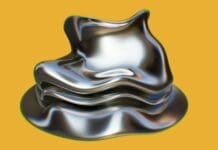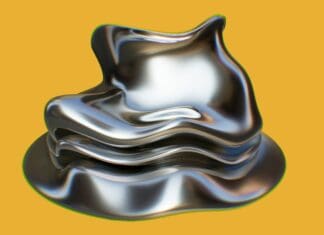
This post is also available in:
 עברית (Hebrew)
עברית (Hebrew)
The US Air Force deployed an AI algorithm on a U-2 test flight to essentially serve as a radar operator on the aircraft. During the flight, the U-2 tested one of the newest capabilities: a robotic radar operator.
Nicknamed “Dragon Lady”, the U-2 is an American single-jet engine, high altitude reconnaissance aircraft operated by the United States Air Force. It has been flying since 1955 and took part in post-Cold War conflicts.
The U-2 can fly long missions at 70,000 feet, well above what commercial aircraft fly, high enough to give the sensors, cameras, and digital radar a wider view of the earth than would be possible at lower altitudes but still allow it to collect data unavailable to satellites.
Crewing the U-2 is hard, requiring airmen to wear special pressurized “moon suits”. The recent test flight is a step forward in potentially lessening burdens on U-2 crew members, according to defenseone.com.
During the test, the ARTUµ algorithm handled sensor employment and tactical navigation normally done by the pilot. The scenario was a reconnaissance mission during a simulated missile strike.
“ARTUµ’s primary responsibility was finding enemy launchers while the pilot was on the lookout for threatening aircraft, both sharing the U-2’s radar,” said the Air Force in a statement. “The pilot and AI successfully teamed to share the sensor and achieve the mission objectives.”
Its developers trained ARTUµ on more than 500,000 simulations.
The test held at an Air Force base in California extends the potential lifespan for the program, which has survived multiple attempts to kill it. In 2015, U-2 maker Lockheed Martin said stress tests on the airframe show it could fly through 2050.

























